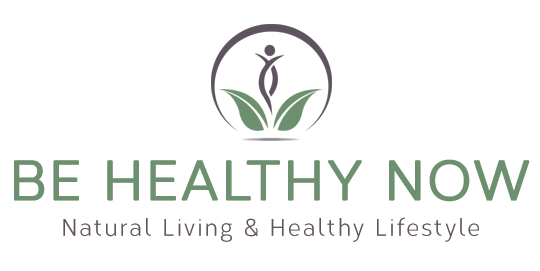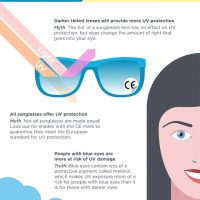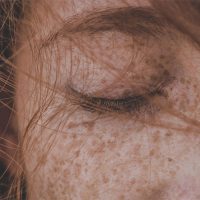The sun, while essential for life and a source of vitamin D, also emits ultraviolet (UV) rays that can be harmful to our skin and eyes. Just as we’ve become more conscious about protecting our skin from these rays, it’s equally crucial to shield our eyes. The answer to that is UV-protecting contact lenses – a modern solution for those who seek clear vision and eye protection simultaneously.
Among the most popular contacts that have UV-blocking features include the Acuvue Oasys lineup including the Acuvue Oasys astigmatism contacts, Biotrue ONEday and the Biotrue ONEday for Presbyopia, MyDay Daily Disposable, and Avaira Vitality. So, are you interested to know more about these kinds of lenses? Let’s look into the benefits and how they can be complemented with natural sun-care practices.
Why UV Protection for the Eyes is Essential
The detrimental impacts of UV radiation on our skin have been extensively researched and documented. These harmful rays can lead to a plethora of skin-related issues, including painful sunburns, premature aging, and a heightened risk of skin cancer. Yet, what many might not realize is that our eyes, much like our skin, are susceptible to the damaging effects of UV rays.
When our eyes are exposed to UV radiation over extended periods, several concerning conditions can develop:
- Photokeratitis: This condition can be likened to getting a sunburn, but on the eyes. It’s not just painful but can also result in blurred vision and heightened sensitivity to light. Think of it as the aftermath of staring at a snowfield or a beach without sunglasses; the intense reflection can cause this temporary but distressing condition.
- Cataracts: Over time, UV exposure can contribute to the development of cataracts, a condition characterized by the clouding of the eye’s natural lens. This clouding can progressively worsen, leading to blurred or foggy vision, and might require surgical intervention if left untreated.
- Macular Degeneration: The macula is a part of the retina responsible for our central vision. Continuous exposure to UV rays can damage this crucial area, leading to a gradual loss of central vision, which is vital for tasks like reading and driving.
- Pterygium: This lesser-known condition involves a growth that starts on the white of the eye and might extend to the cornea. Over time, this growth can change the cornea’s shape, inducing astigmatism, which can distort vision.
Given these potential risks, it becomes abundantly clear that safeguarding our eyes from UV radiation is not just a recommendation but a necessity. As we continue to understand the broader implications of UV exposure, it’s crucial to adopt protective measures for both our skin and eyes.
The Role of UV-Protecting Contact Lenses
While sunglasses are the most common solution for UV protection, they have limitations. They might not cover the entire eye area, and not all sunglasses offer complete UV protection. This is where UV-protecting contact lenses come into play.
- Comprehensive Coverage: Unlike sunglasses, contact lenses cover the entire cornea, offering consistent protection.
- Convenience: For those already wearing contact lenses for vision correction, UV-protecting lenses kill two birds with one stone – clear vision and sun protection.
- Versatility: Whether you’re at the beach, playing sports, or simply out on a sunny day, these lenses ensure you’re protected without the need for additional eyewear.
Natural Sun-Care Practices to Complement UV-Protecting Lenses
While UV-protecting contact lenses offer significant protection, they don’t cover the entire eye and surrounding areas. Hence, complementing them with natural sun-care practices can ensure holistic protection.
- Wide-Brimmed Hats: A natural and stylish way to shield your face and eyes from direct sunlight.
- Antioxidant-rich Diet: Foods rich in antioxidants, like berries, spinach, and nuts, can help protect the eyes from UV damage from the inside.
- Natural Sunglasses: Opt for sunglasses made from sustainable materials. Ensure they block 100% of UVA and UVB rays for maximum protection.
- Stay in the Shade: When the sun’s rays are the strongest (typically between 10 a.m. and 4 p.m.), seek shade under trees or use umbrellas.
- Calendula Eye Drops: Known for its anti-inflammatory properties, calendula can be a natural remedy for eyes exposed to the sun, helping soothe and heal.
In our quest for a healthy and natural lifestyle, it’s essential not to overlook the health of our eyes. UV-protecting contact lenses are a testament to how modern solutions can align with a holistic approach to health. By understanding the importance of UV protection and integrating it with natural sun-care practices, we can ensure that our eyes remain not just the windows to our soul, but clear and healthy ones.



